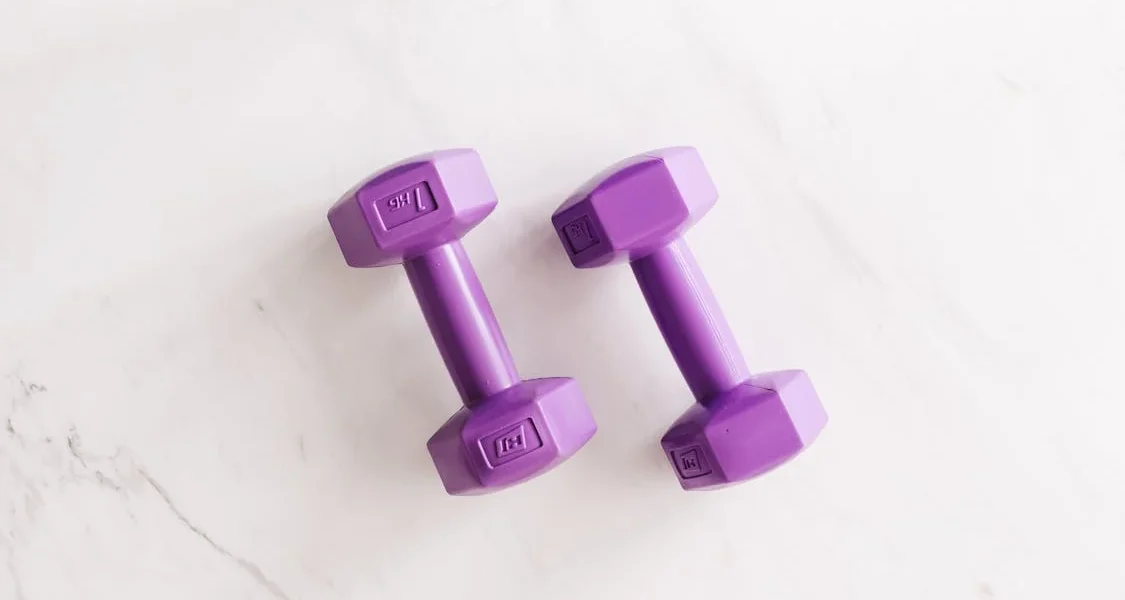When lifting heavy weights, particularly above your shoulders, various bodily systems are put under stress. While weightlifting has many benefits, it’s important to be aware of potential risks, especially to areas of the body that might not be the first to come to mind, like your ears. A common concern among weightlifters is whether lifting heavy weights above the shoulders can cause Eustachian Tube Dysfunction (ETD), a condition that affects the ears and can lead to discomfort and hearing issues.
Understanding Eustachian Tube Dysfunction (ETD)
The Eustachian tubes are small passageways that connect the middle ear to the back of the nose and upper throat. Their primary function is to equalize air pressure in the middle ear with the pressure outside the body and to allow fluid to drain from the middle ear into the throat. ETD occurs when these tubes become blocked or do not function properly, leading to symptoms such as:
- Ear pain or discomfort
- A feeling of fullness or pressure in the ears
- Hearing difficulties
- Tinnitus (ringing in the ears)
- Dizziness or balance issues
ETD can be caused by various factors, including allergies, colds, sinus infections, and sudden changes in air pressure. However, physical exertion, especially during weightlifting, can also play a role in triggering or exacerbating this condition.
How Weightlifting Can Affect the Eustachian Tubes
Weightlifting, particularly when lifting heavy weights above the shoulders, can put significant pressure on the body’s internal systems. Here’s how it can potentially contribute to ETD:
- Increased Intrathoracic Pressure: During heavy lifting, especially overhead exercises like shoulder presses or snatches, there is an increase in intrathoracic pressure (the pressure within the chest cavity). This pressure can affect the Eustachian tubes, making it more difficult for them to equalize pressure between the middle ear and the external environment.
- Straining and Valsalva Maneuver: Many weightlifters unconsciously perform the Valsalva maneuver, where they hold their breath and push air against a closed glottis (the part of the throat containing the vocal cords) to stabilize the core during heavy lifts. This maneuver increases pressure in the chest, abdomen, and head, including the Eustachian tubes. Repeated use of the Valsalva maneuver can lead to ETD or exacerbate existing symptoms.
- Sudden Changes in Pressure: Lifting heavy weights can cause rapid changes in pressure within the head and ears. The Eustachian tubes may struggle to adapt to these changes, particularly if they are already partially blocked due to allergies, a cold, or sinus issues.
- Neck and Jaw Tension: Weightlifting can cause increased tension in the neck, shoulders, and jaw. Tight muscles in these areas can affect the function of the Eustachian tubes by placing additional pressure on them, contributing to dysfunction.
Preventing ETD While Weightlifting
While the risk of developing ETD from lifting weights above your shoulders is relatively low for most people, certain precautions can help minimize the risk:
- Proper Breathing Techniques: Avoid holding your breath during lifts. Practice proper breathing techniques, such as exhaling during the exertion phase of the lift and inhaling during the lowering phase. This can help reduce the pressure buildup that contributes to ETD.
- Warm-Up and Stretching: Engage in a thorough warm-up and stretching routine before lifting. Focus on the neck, shoulders, and jaw muscles to reduce tension in these areas. Stretching can help prevent muscle tightness that might exacerbate ETD symptoms.
- Gradual Progression: Increase the weight gradually rather than jumping to heavy weights too quickly. This approach allows your body to adapt to the increased demands without placing excessive pressure on the Eustachian tubes.
- Stay Hydrated: Dehydration can make the mucous membranes lining the Eustachian tubes more prone to irritation and dysfunction. Drinking plenty of water before, during, and after your workout can help keep these membranes healthy and functioning properly.
- Avoid the Valsalva Maneuver: Instead of holding your breath and straining, try to breathe steadily through your lifts. If you feel the urge to perform the Valsalva maneuver, consciously focus on exhaling through the exertion phase.
- Address Underlying Conditions: If you have allergies, a cold, or sinus issues, consider treating these conditions before engaging in heavy lifting. Managing these underlying factors can reduce the likelihood of ETD during your workouts.
- Ear Protection: If you are prone to ear issues or have experienced ETD in the past, consider using ear protection such as earplugs during your workouts. While this won’t directly prevent ETD, it can help reduce any additional pressure changes within the ear.
When to Seek Medical Attention
If you experience persistent symptoms of ETD after lifting weights, such as ear pain, pressure, or hearing difficulties, it’s important to seek medical advice. A healthcare professional can evaluate your symptoms and determine if they are related to weightlifting or another underlying cause. In some cases, treatment such as decongestants, antihistamines, or nasal steroids may be recommended to relieve symptoms.
Additionally, if you have a history of ear issues, such as frequent ear infections or previous Eustachian tube dysfunction, it’s wise to consult with your doctor before engaging in heavy weightlifting, especially if you plan to lift weights above your shoulders.
Conclusion
While lifting heavy weights above the shoulders can potentially contribute to Eustachian Tube Dysfunction, particularly in individuals who are prone to ear issues, the risk can be managed with proper precautions. By using correct breathing techniques, warming up, and addressing any underlying conditions, you can continue to enjoy the benefits of weightlifting while minimizing the risk of developing ETD. As with any exercise regimen, listening to your body and seeking medical advice when necessary is key to maintaining overall health and well-being.


